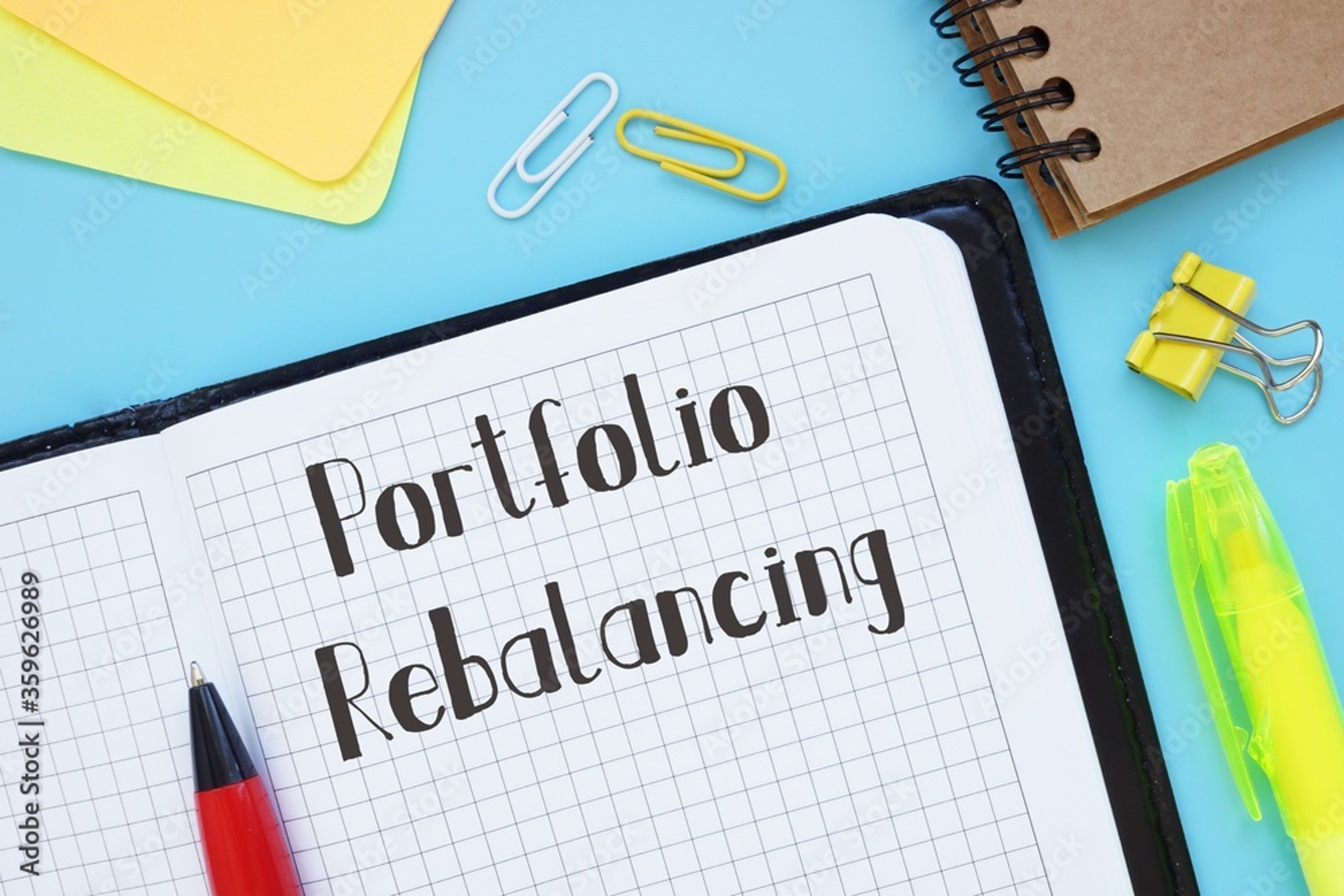Latest Posts
Your money should work for you.
Get the latest tips on how to plan for retirement and make better financial decisions.
Don't worry... we will NOT spam you!
The world of finance and investments is notorious for its extensive use of jargon. With a goal to enhance financial literacy and make the world of money more transparent, we have our “monthly jargon” articles that focus on debunking financial terms that are often used sans explanation. This month, we address a term that is important to keep in mind during times of heightened market volatility like we have been experiencing: “rebalancing.” Rebalancing involves realigning or reallocating the assets within an investment portfolio. This process helps ensure your portfolio accurately reflects your risk profile and your desired asset allocation by buying and selling assets to safeguard your portfolio from being exposed to undesirable risk. The goal is to make sure the risk exposure in your portfolio remains at your desired level to meet the intentions and goals for your account. For example, if your account is primarily intended for retirement savings and you know you will not be tapping into those funds until years down the road, you will most likely want to maintain a higher level of riskier investments in your portfolio to increase the potential for a higher return over the long term. If market behavior throws your allocation off and you are left with less risk than you are aiming for, you may miss out on potential returns unless you rebalance to bring your risk exposure back up to your target level.
That being said, rebalancing is necessary throughout the lifetime of an account because the percentage of assets associated with stocks and bonds – put simply, your asset allocation – will change based on market conditions. Due to the riskier nature of equities, stock performance fluctuates more than that of bonds, making rebalancing especially important if you have strict ranges in mind for how much your allocations can fluctuate outside of your target exposure. In addition to addressing and controlling the performance variables within an account, rebalancing also enables investors to adjust the risk in their portfolios to accommodate changing financial needs like needing to free up cash for a down payment on a new home or to purchase a new car.
The process of rebalancing varies from account to account and from investor to investor. Based on your risk profile, you will discover your target portfolio allocation, meaning what percentage of your portfolio should comprise equities like stocks and equity-focused funds and what percentage should involve conservative investments like bonds and fixed-income funds. These percentages will combine for 100% of your portfolio. For example, you may target a 40/60 allocation – 40% stocks, 60% bonds – if you are a more conservative investor or an 80/20 allocation – 80% stocks, 20% bonds – if you are a riskier investor. Periodically rebalancing your portfolio involves reallocating the assets to reflect this defined target makeup or allocation.
So, when should you plan on rebalancing your accounts? Although there is no specific or required schedule for rebalancing your accounts, aiming to evaluate your accounts for any rebalancing needs at least once a year is a prudent first step to take. This method is known as calendar rebalancing and involves analyzing investment holdings at predetermined frequencies and adjusting the holdings to reflect your target allocation. This is the most advised rebalancing strategy because it helps weather your portfolio for future and potentially costly market movements.
Extreme market fluctuations may also necessitate additional responsive rebalances from time to time. For example, as a result of the acute sell-offs we witnessed amidst the coronavirus pandemic, we saw the swings in the market throw off many investors’ allocations, undermining risk exposure and return potential. In other words, the sell-off in stocks shrunk the equity portion of portfolios, leaving, for example, a 60% equity-allocated portfolio down to about a 50% equity exposure. This dramatic shift has left many accounts with a lighter stock allocation relative to bonds than the accounts’ target allocations, making this a prudent time to rebalance your portfolio, as you may want to sell bonds and purchase more equities to bring your risk exposure back up to your desired level. Such a rebalancing move not only brings your asset mixes back on target but also sets up your account to benefit from the rebound following the sell-off.
Overall, when done properly, rebalancing provides investors with the opportunity to sell high and buy low and reinvest the gains from high-performing investments to keep the overall allocation at your desired level. A properly constructed financial plan includes an investment strategy with a target asset allocation that reflects your financial goals, time horizon, and risk tolerance. Staying on top of rebalancing your portfolio provides you with a beneficial reminder to periodically evaluate your investments to ensure you make any needed adjustments to get and stay on track with your overall financial plan.



